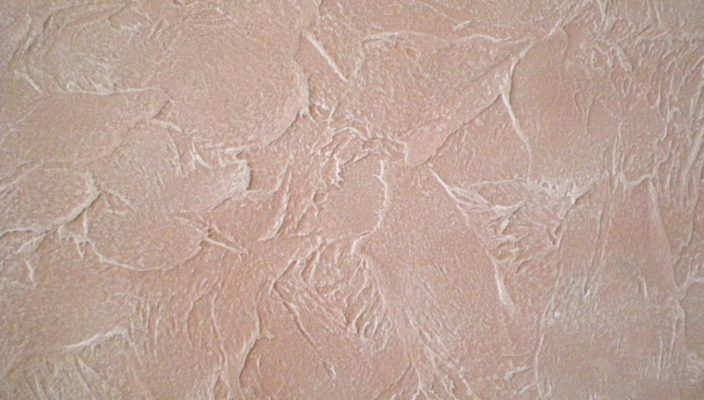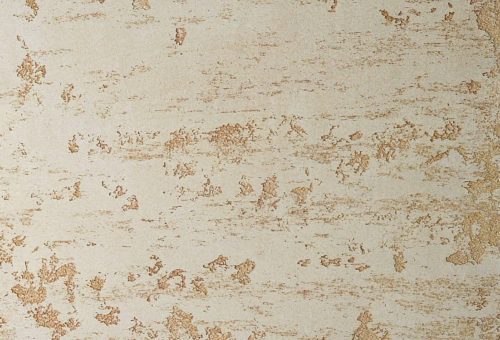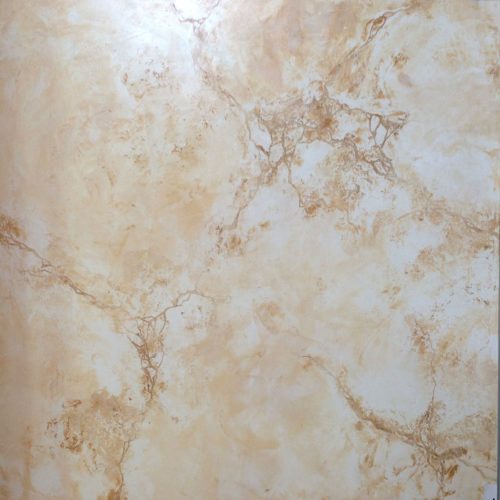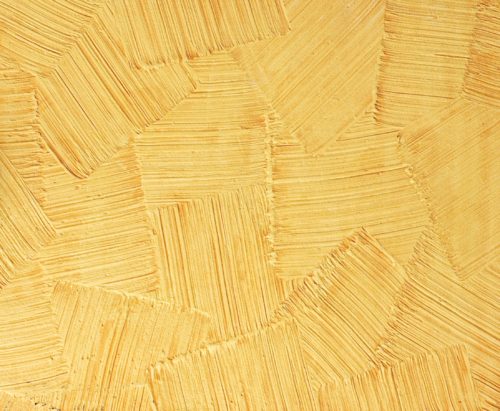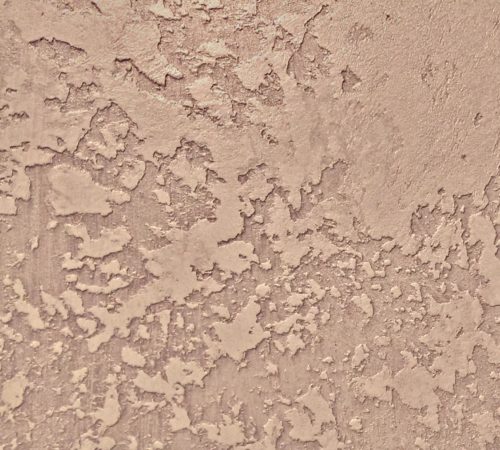Nowadays, various plasters have been greatly popularity, which often represent an excellent decorative basis for many premises. Practice shows that this is one of the most effective ways of transformation of the room, even if there is too much money.
Content
Fortunately, you can make decorative plaster with your own hands, while it is possible to get just such a result of work, which was planned from the very beginning. Obviously, everything is not as simple as it may seem at first glance, since in this case the technology affects not only the process of selection of the material, but also the specifics of its application. From the most insignificant, at first glance, the end result may depend on, and it must be remembered.
In addition, the advice and recommendations of specialists who have been dealing with Venetian plaster for a long time have greater importance. In most cases, these people can share tips, which do not have a word on the Internet.
In this article, we will look at the options for their own creation of decorative plaster, as well as recommendations for the correct application of this material on the surface.
Features of decorative plaster
- Uniquely the strong side of Venetian plaster (the most popular finishing material) is appearance of the surfaceon which its application occurred. If everything is done correctly and technology, then the decorative effect will be more than attractive. Moreover, in the same case, there is a certain freedom of action associated with a creative look at the process of surface finishing. Unfortunate actions, you can implement various ideas related to the creation of texture, patterns and many other elements on the surface.
- Solid look - This is the main feature of Venetian plaster. If we are talking about other finishing resources that are actively used in this case, you can note the plastic panels, a block house, and the like resources that, to great regret, are not able to achieve the very level of attractiveness of Venetian plaster. If you pay attention to various large rooms that were subjected to a single-style finish, then it can be noted that it is the plaster that adds the very "highlight".
- Surface strength It is achieved thanks to the corresponding components of the material. It should be borne in mind that the same plastic is easily deformed, it does not withstand practically no mechanical damage, while Venetian plaster turns almost into stone. Even if there are some damage, they are easy enough to correct, you just need to spend the very process of finishing, but already on a smaller scale. However, it is somewhat more complicated than in the case of various panels, the replacement of which occurs in just a couple of minutes.
- Moisture protection. Many owners fear to finish the surfaces of the plaster for the reason that under the action of moisture or water, the layer can be significantly injured. This is true, but only if there is no special protective layer based on wax. Most often, this layer is used precisely on top of the Venetian plaster, the beauty of which uniquely needs to be preserved almost at any cost.
- Well, of course, it is impossible not to note quite high thoughtfulness of work on the decoration of the walls of Venetian plaster. In practice, everything is very difficult, taking into account constant contact with the plastic mass and the need to create the desired decorative effect. Therefore, it is definitely worth involving specialists to work, who will always be able to make the right decision in difficult moments, as well as share experiences with other people.
The use of decorative plaster in the case
The main thing is to remember that the essence of the use of decorative plaster is drawing multiple thin layers Material to get an attractive decorative effect using some techniques. Ultimately, a surface can be obtained with sufficiently diverse drops of plaster thickness. In addition, we are talking about a color screed, which is a numerous combination of a large number of stains and layers, creating a visually attractive depth of the texture.
The first layer of plaster should have an embarrassing marble crumb. Such a decision at least makes it possible to provide sufficient adhesion with the base surface. In this case, a spatula is used.
After this, the remaining layers of plaster occurs, which should create some surface texture.
Apply decorative plaster. Preparatory work
- At the very beginning you need to hold the walls. Of course, even after decorative plaster, there may be various irregularities, and often they look very attractive, but in fact significant irregularities are a major threat to the attractiveness of the entire surface. There are often large irregularities on the walls, which, where else, also create problems associated with surface strength.
- After alignment, a facing putty is applied, which dries for 8 hours.
- Next, you need to use the primer, which in the proportion of 1: 7 is rubbed with the help of the maclove. Thus, as many as 2 layers are applied, which will dry within 5 hours.
- Also, a small paint volume is added to the mixture, which should be thoroughly mixed to obtain the desired consistency.
- It is superimposed with a thin layer with a small spatula.
- The main part of the work begins on any top corner. The putty is applied to a uniform layer, the bottom-up movement is best suited for the work provided. By and large, the process is not much different from what we have when working with a conventional putty.
- In addition, the application of the material can be carried out with an indiscrimized movements on the parties. The grater wall presses tightly, keeps at an angle of up to 15 degrees. It is important to constantly monitor that there are no spaces on the surface, which ultimately can create too large problems.
- At the low level of the wall, the application also occurs from the bottom up. Here everything happens in about the same way as in the case of the top of the wall. The plaster material is mixed with a certain paint volume to form a homogeneous mass.
- Before making Venetian plaster, you need to accurately determine the amount of the required dye (you need to know the mass of the required plaster, as well as the ratio). The material is applied with a small spatula, and not in a hurry and carefully. To obtain the necessary effect, it is often necessary to make not too sharp circular movements. These most scratch and patterns should correspond to the length of the grater, and such a restriction will be better affected by the final result of the work.
Apply decorative plaster. Specificity of creating texture
The above mentioned about the main part of the work related directly to the nearest plaster, however, follows the responsible stage of the work at which it is necessary to implement the very decorative component.
- With the help of a grater, the material is spacing with wide movements. It is possible to do this in different directions, but at the end there should be a uniform thin layer. Pressing power should be high enough.
- During this process, there will be a small amount of material on the grater, and it is better to remove it with a damp cloth. Take this manipulation must be regularly.
- After alignment, you need to wait 15 minutes so that the surface is dried and scored a little strength. Now you need to keep the wall with a large spatula. The surface should get a little glossy effect, and when it appears, you need to slightly reduce the pressure on the wall so as not to get rid of the very crust of plaster.
- Next, you need to use the purified grater, which you need to press a lot to the surface when used.
- Now there are several important steps: strokes of plaster are applied, and then the surface is recreated before obtaining a glossy effect.
- Maximum attention should be paid to the boundaries between different surfaces (for example, when moving one finish to another). In order not to disturb this same balance, the grater must be placed on the line line, and from there begin the very movements on the plaster.
- If there are inaccessible sections, it is necessary to use a small spatula, which often cuts into such difficult moments. There is also a short grater that will be useful in cases when it is necessary to clean around different sections.
- There are cases when when the glossy effect is reached, the appearance of the surface still does not satisfy its style. With this situation, it is necessary to render the layer of plaster again, but already thin, and once again try it all over and clean it.
- At the end, it is possible to use brushes and one-dimer smears to apply material with various colors. With high probability it will look beautiful, but it is worth paying attention to the features associated with the means of applying smears.
Conclusion
It can be noted that freedom of action here is still larger than it may seem at first glance. If you look at the catalog of Venetian plasters, you can notice the products on the basis of which various textures, colors and much more can be created. Moreover, most ideas are implemented with the help of the same spatula and grater. It is advisable to have tools of various dimensions and configurations with you, and most of the success already in your pocket.
The main thing in the process of creating decorative plaster is to act quickly and in the right direction. Practice shows that after drying the material, something will be almost impossible to change something, and the surface itself will turn into almost the stone. Full hardening occurs approximately 7 days after the main works, so it is not recommended to operate the room within a week.
Well, at the very end I would like to say that various ideas that appear at the owners, do not always best show themselves after implementation. Therefore, it is best to pay attention to the already ready-made options for the design of the walls, and repel from this information.

